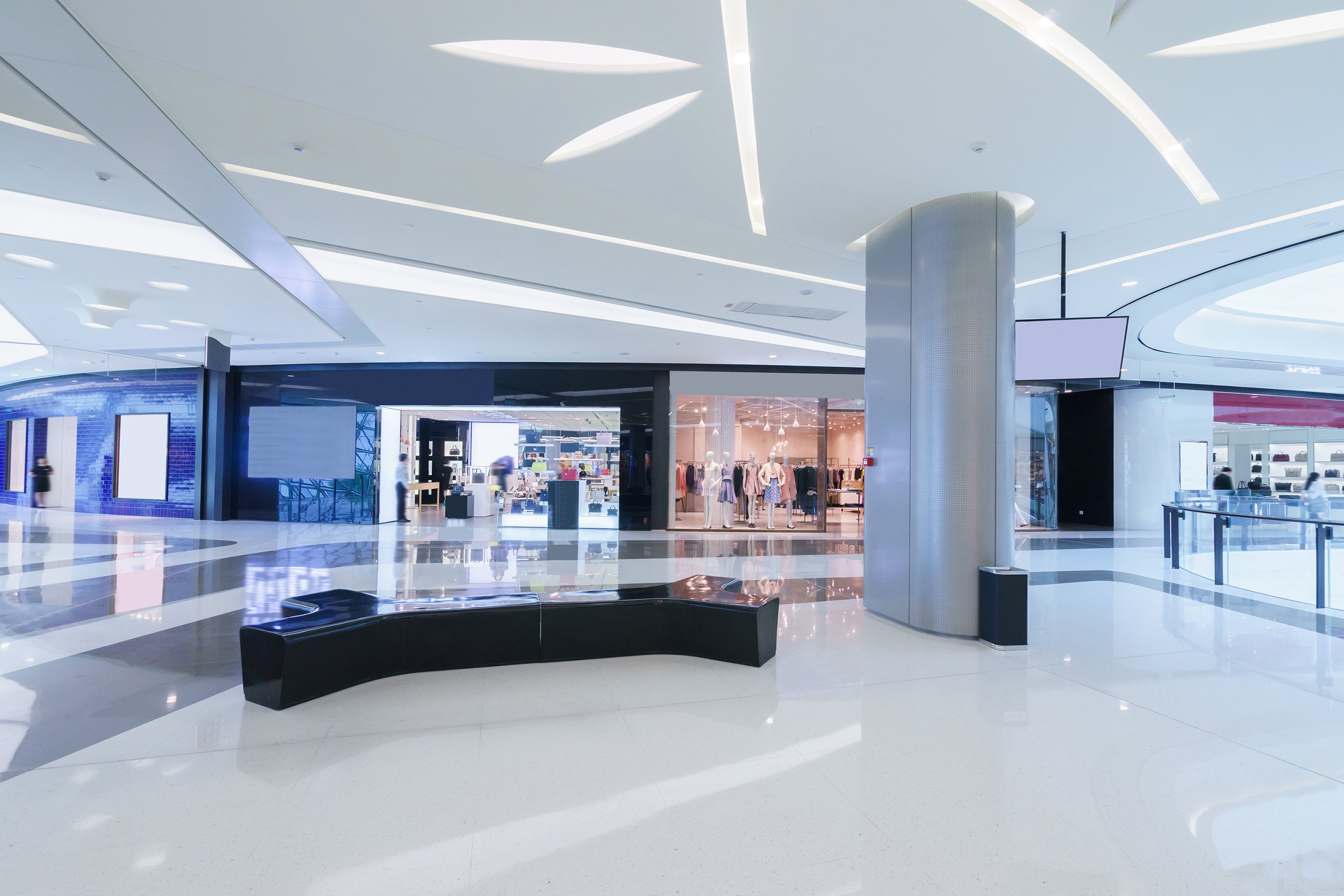When the COVID-19 pandemic hit, few industries were impacted more than retail real estate. Most brick-and-mortar retailers considered nonessential businesses were closed for much of 2020, and there were fears that most discretionary shopping would permanently shift to e-commerce.
As a result, the stock prices of retail real estate owners were beaten down to levels not seen for decades. Industry leader Simon Property Group (SPG 0.31%) fell as much as 80% from its previous high in early 2020. However, the company -- which owns the dominant Premium Outlets brand and The Mills high-end malls -- has proven its resilience in the years since.

NYSE: SPG
Key Data Points
To be sure, I didn't buy shares of Simon at the pandemic-era lows. I was in wait-and-see mode when it came to brick-and-mortar retail during the initial shutdowns. But as soon as indoor malls were allowed to reopen in mid-2020, it quickly became apparent that demand for in-person shopping wasn't going anywhere, and I ended up adding Simon to my portfolio in early 2021.
Simon's business has been surprisingly resilient
Simon's general business model differs from those of other retail real estate investment trusts (REITs), which is why its properties have remained busy while many regional malls have died out. While there's a lot more to the business, two key components of Simon's strategy give it a big advantage.
First, Simon invests heavily to keep its properties attractive to tenants and shoppers. The company has more than $11 billion in liquidity, including $3 billion in cash on hand, allowing it to add modern amenities, quickly reposition vacant spaces, and redevelop aging properties.
Second, Simon aims to create destinations, not just shopping malls. It has been actively adding non-retail elements to its properties, including office spaces, hotels, apartments, entertainment venues, and high-end dining. A few of Simon's properties even have casinos attached. The idea is that the presence of these casinos creates a natural source of traffic for the retail businesses.
The percentage of retail sales attributed to e-commerce is about 16%, and this has steadily increased for the past couple of decades. But Simon's results show that the properties remain attractive destinations, even if we compare them to pre-pandemic times. For example, Simon's occupancy in the third quarter of 2024 (the most recently reported) was 96.2% at its U.S. malls. In the comparable quarter from 2019, the occupancy rate was 94.7%. And Simon's base minimum rent per square foot has increased by about 6% since then.
Since the pandemic-era reopening, Simon's growth has been impressive. Since 2021, its occupancy has soared, its balance sheet has improved, and the dividend has steadily increased to where it was before COVID-19 started.
The future looks bright
Simon continues to execute well, and there could be some big catalysts for brick-and-mortar retail going forward. For one thing, a recent report found that customer acquisition costs for retailers are far lower in-store than online, and in-store shoppers tend to return fewer items.
In short, there is still a big place for physical retail in the modern era, and Simon's properties are best-in-breed by a mile. Even though I've already achieved a 120% total return on my Simon investment in four years, I'm planning to add to my position in 2025.
At a current valuation of less than 14 times funds from operations (the real estate equivalent of earnings per share), a great balance sheet, and an excellent track record of growth through development, Simon still looks extremely attractive at its current price.





